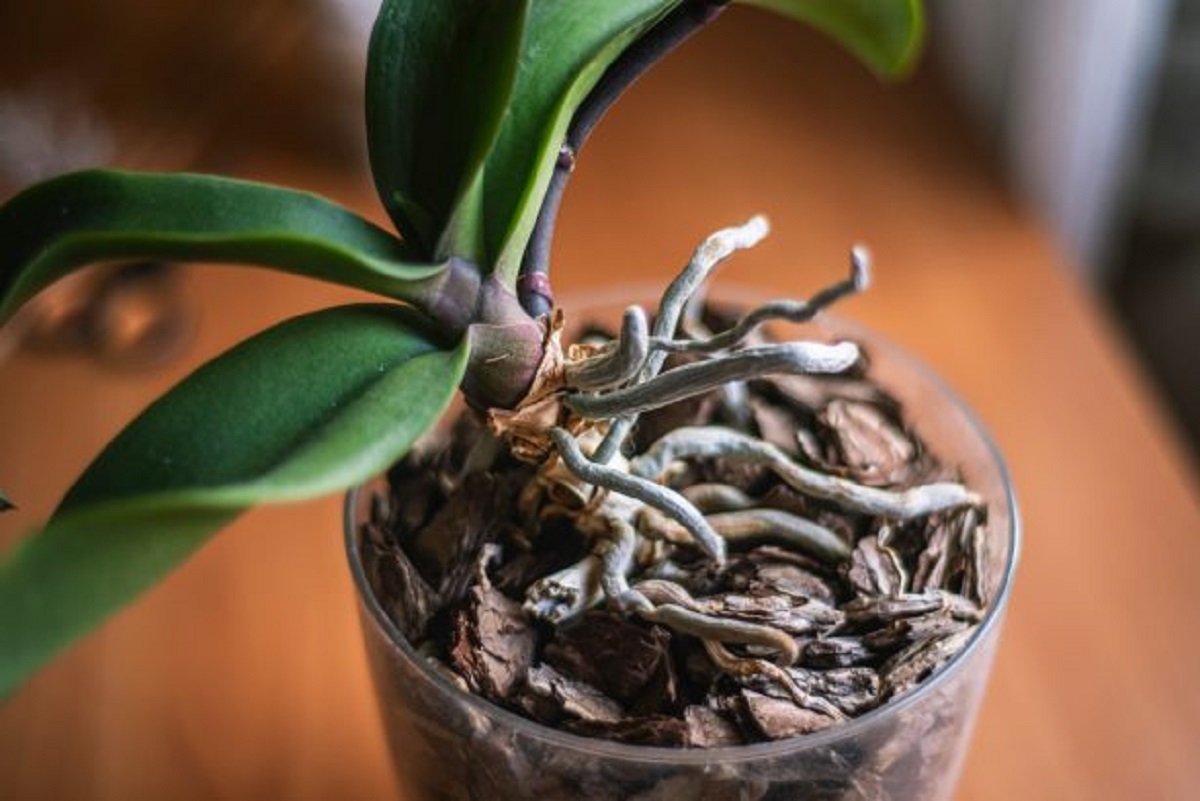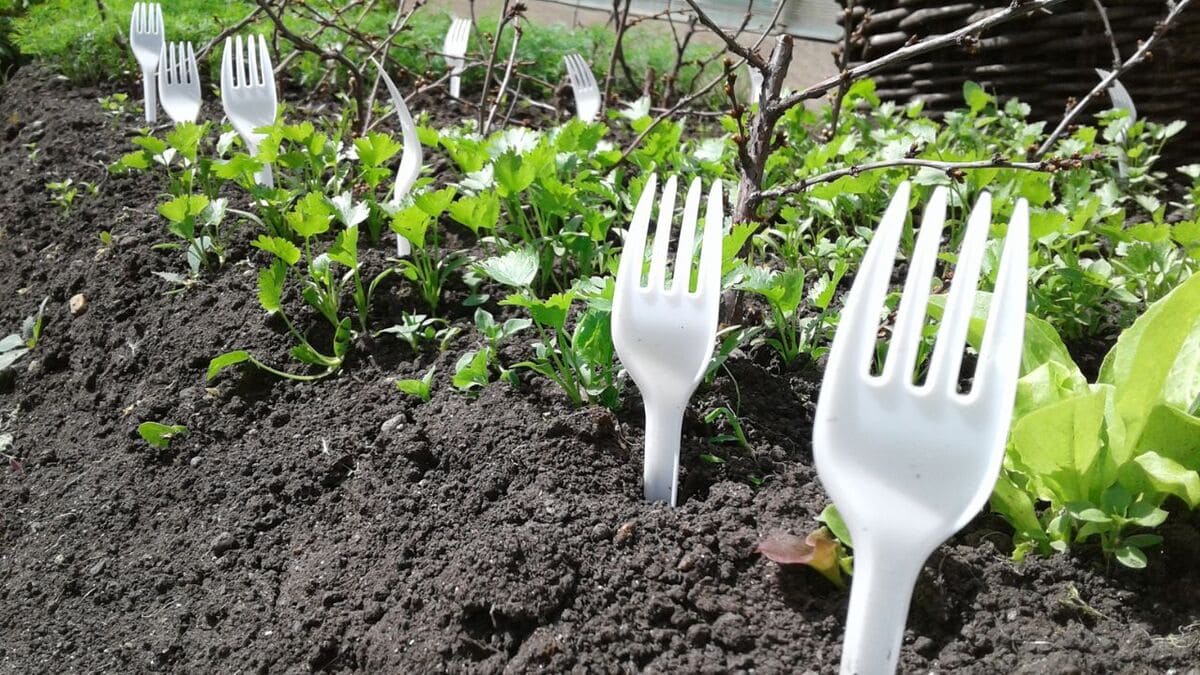Leaves and roots, but no flowers?
When an orchid keeps pushing out new leaves and thick roots but won’t bloom, it is usually reacting to subtle care mistakes. The most common culprit is insufficient light, which deprives the plant of energy for flowering.
Temperature also plays a crucial role, because orchids prefer steady, mild conditions with a gentle day–night drop. Irregular feeding compounds the problem, as a nutrient‑starved plant prioritizes survival over blooms.
Simple fixes that restart blooming
Start by optimizing watering, because orchids hate waterlogged roots. Soak thoroughly, then let excess water drain, keeping the potting mix just barely moist between waterings.
Next, increase bright, indirect light by moving the plant to an east or southwest window behind a sheer curtain. You want strong brightness without harsh midday sun, which can scorch delicate leaves.
A modest temperature difference helps set spikes, ideally 3–6 °C (5–10 °F) cooler at night than by day. Many homes achieve this naturally when radiators cycle off, especially near an insulated window.
Feed lightly but consistently, using an orchid‑specific fertilizer every 2–3 weeks during growth and monthly in winter. Aim for balanced nutrients at a gentle strength, and flush occasionally to avoid salt buildup.
- Provide bright, indirect light for 10–12 hours per day.
- Water thoroughly, then allow airy media to dry slightly.
- Maintain a small day–night temperature drop.
- Fertilize at low strength on a regular schedule.
- Keep humidity moderately high with good airflow.
Why clear pots change everything
Transparent pots make root health visible, turning guesswork into simple observation. Plump green roots signal adequate moisture, while silvery roots indicate it is time to water.
Orchid roots also use light, thanks to a spongy layer called the velamen that assists with water and nutrient uptake. In nature, many orchids cling to tree branches with exposed roots, so clear pots mimic that environment.
A well‑vented plastic pot encourages gentle airflow and prevents soggy media. Pair it with a decorative cachepot that never traps standing water, and your roots will stay happy.
Pruning and spike management that work
After a bloom finishes, inspect the spike before you reach for the shears. If it is still green and healthy, you can cut just above a lower node to encourage a side‑branch and a faster rebloom.
If the spike is brown and dry, remove it at the base to help the plant restore its energy. New spikes typically emerge from the base when light and temperature are right, so patience really pays.
“Give an orchid what it needs—bright filtered light, a slight night chill, and careful watering—and it will thank you with flowers,” says a long‑time grower who has revived countless plants.
Repotting for reliable results
Over time, bark breaks down, reducing airflow and holding excess moisture. Repot every 1–2 years, or when roots look crowded and the mix smells musty.
Choose a chunky, free‑draining medium like fir bark with a bit of perlite or charcoal to keep pockets of air. Repot right after blooming, gently trimming dead roots to prevent future rot.
Use a pot that fits the current root mass rather than “up‑potting” too much. Oversized containers stay too wet, which sets back spikes and delays flowers.
Troubleshooting like a pro
If buds form but later drop, suspect sudden temperature shifts, drafts, or very low humidity. Stabilize the environment and keep the plant away from vents or exterior doors.
If leaves are dark green and very soft, your orchid likely needs more light. Aim for a brighter location with gentle filtering, and you should see sturdier growth and tighter internode spacing.
If leaves wrinkle while roots look silver, you are under‑watering or the mix is breaking down. Improve hydration and refresh the medium so roots can breathe yet stay supple.
With consistent light, careful watering, modest feeding, and small temperature drops, most Phalaenopsis will set new spikes within a season or two. Keep the routine steady, observe the roots, and your orchid will return to its show‑stopping bloom.





